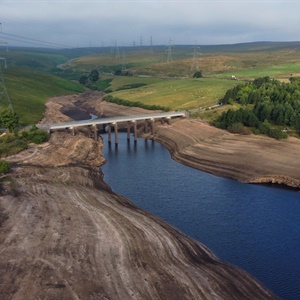Australia and US sign $8.5bn critical minerals deal to challenge China’s dominance
Australia and the US have signed an $8.5bn deal that will see Australia supplying the US with critical minerals amid China’s clampdown on rare-earth exports. US President Donald Trump and Australian Prime Minister Anthony Albanese signed the critical minerals deal at the White House. The deal will see each country provide at least $1bn towards a $8.5bn pipeline of projects in both the US and Australia over the next six months. Australia has rich rare-earth resources critical to the AI and tech sectors, as well as the renewables and defence industries. China has long been the dominant player in the rare earths market, accounting for around 70% of global mining production and over 90% of global rare earths processing. While the critical elements can be found outside of China, decades…























